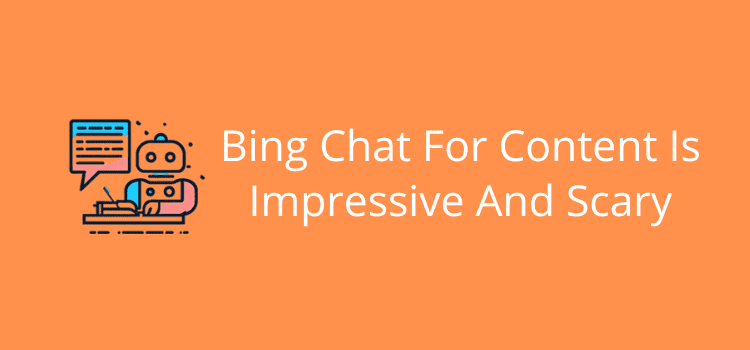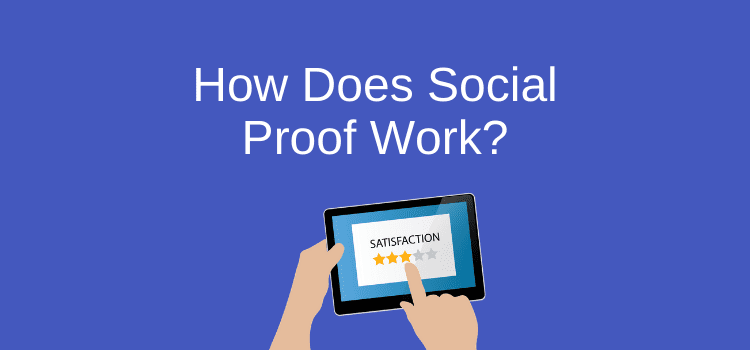
The expression social proof originates from a 1984 book by Robert Cialdini titled Influence. It is also sometimes called informational social influence.
A broad social proof definition is a behavior that thinks other people know more about a situation.
Take a circumstance when someone is thinking about buying products or services. In today’s online society, it is almost a natural reflex for potential customers to check for ratings and reviews.
There are many types of proof apart from customer reviews. These can help you improve the performance of your blog or to help you sell more books.
Authors, bloggers, and writers have many tools that they can use.
Social networks are the most apparent form of proof in your marketing.
The more followers you have, the more people think you are influential, which is the key to a social media presence.
If a celebrity endorses a product on social media, sales generally increase. Celebrity mention is one of the most common forms of influencer marketing.
Advertisers on social media often use customer testimonials and a call to action. Both help to increase brand awareness and conversion rates.
Authors and bloggers can take a hint from these actions, which will help you improve your social media performance.
Social media, such as Facebook, X (Twitter), and Instagram, works better when you can increase your followers and incorporate external authority.
For authors, book reviews are the best form of external proof you can use. If you are a blogger, having product reviews about your site is impossible. However, you can add a review system to each blog post.
In any business, you should think about finding ways to improve by one percent per day. Developing your online authority is a perfect way to achieve this aim.
You can start adding different types of proof signals in many ways.
Here are ten simple social proof examples and methods you can use to help you get started.
You can apply them to help you improve your book sales, gain more traffic to your blog, or improve your social media presence.
You won’t use all of them, but you can perhaps select a few that will help you with your priorities.
1. More Facebook likes
The only accurate barometer and social signal of influence for a Facebook page is the number of likes. The more likes you have, the more influential you become.
A lot of likes then attract more likes. But you know that it can take forever to increase your total organically.
The only way to get more likes is to pay. However, using Facebook advertising to attract more likes is not that expensive.
On average, it costs about $0.15 per like. If you allocate a small monthly budget, it will help you on your way.
If you have a blog or website, you should always have social share buttons for all your social media channels. Make sure there is also an option to like your Facebook page.
2. More X (Twitter) followers
It is a simple equation on Twitter. The more followers you can get, the more influence you have.
There are a lot of schemes to get Twitter followers, but the best way is to be patient and build your following on a daily basis.
When you tweet, don’t be tempted only to add self-promotion messages. Mix it up and be more informative. Share information from industry experts and thought leaders.
It will prove that you are well-read and informed. Then, you could become a Twitter expert worth following.
3. Ask for book reviews
Book reviews are the golden acceptance of proof for books. Every author knows that getting book reviews is tough work, and few readers take the time to do it.
But you can help yourself by giving them a nudge. Ask for a review. You have seen a request to review on so many sites you visit or in emails you receive. But there’s an easier and better way.
Add a few lines at the end of your book just after THE END. You can plead, beg, or be funny and try something like this.
Thank you so much for reading all 100,000 words of my book. But I’d love to read 15 words from you in your review. Good or bad is okay–I can handle it.
Even if only a few react, asking readers for a review is the best way to get results.
4. Add your own editorial Amazon book reviews
Do you know that you can add editorial book reviews to your book page on Amazon?
You can, and it is very easy to do. One huge benefit of adding your reviews this way is that Amazon can not delete them.
Here is how you add your book reviews.
Go to your book on Author Central and click the Editorial Reviews tab.
You have one review field for your ebook version, and for your paperback, you have two fields. But you can add as many reviews as you like within each field.
You can also add snippets of your reviews within your book description.
In the image below, you can see that I have added three reviews in one field and three snippets in the book description.
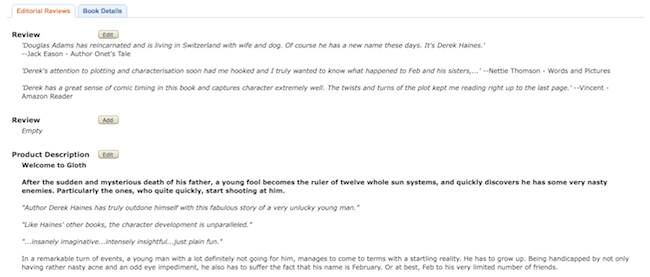
Wait 24 hours, and you will see the result on your book sales page on Amazon.
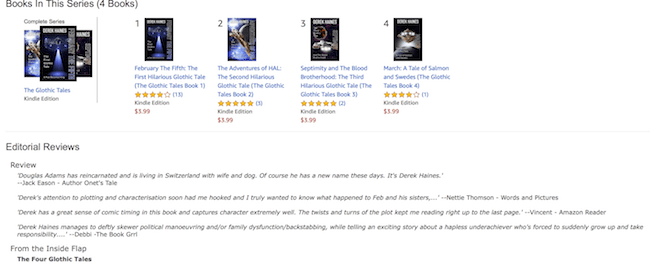
You will see your editorial reviews after your book description or other books in a series, and it is well before the list of starred reviews from readers that appear lower down on the page.

Your snippet reviews will now be published within your book description.
You can read our full article on how to use your Amazon Author page to add reviews and much more to your book sales pages.
5. Let your blog readers rate you
You can use many plugins and widgets to add a rating system to your blog.
It helps you build expert social confirmation when you let your readers rate your articles.
You can use Rate My Post, a free WordPress plugin that is quick and easy to set up. But there are many other choices and options you can use.
Following every article on your site, you can set an option to rate how helpful the article was. You can use other words in your tagline.
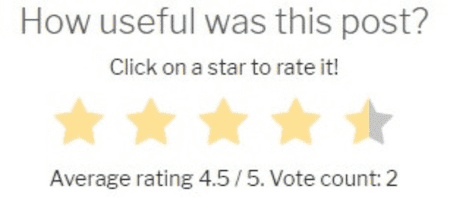
Over time, these votes are averaged and will show as a star rating for each article page.

As you can see, it shows the number of reviews and the average rating.
If you get lucky, search engines like Google can add your star ratings to your search listings. It doesn’t happen for every article. But in my experience, around 50% of my indexed pages have a star ranking.
Rating stars can be a search engine optimization (SEO) ranking factor.
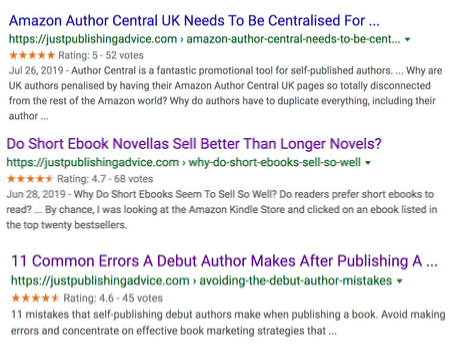
When you get good ratings like this in Google search, it tells people that an article is worth reading.
The more votes you have and the higher the average rating, the more credibility you create. It says that a lot of people think you are worth reading.
Update: Unfortunately, Google has decided to end featuring automatic rating stars for many blog articles. However, it is still possible if you use your schema markup to indicate a product, such as a book.
However, rating stars on your site alone are still a great way to tell your readers that your blog posts are of high value.
6. Case studies and quoting experts
You have probably read a line like this many times on websites and landing pages.
Case studies prove that a call to action works.
Very often, there is no link to the study or who wrote it.
When you quote statistics or data in an article or blog post, you add validity to your point of view using expert social proof.
Publisher revenue for books and ebooks drops by 3.2% over five years.
However, it is much better to prove that you researched your data thoroughly and that you can support your claim with evidence.
A study in the 2018 StatShot Annual Report by the Association of American Publishers indicates that there was a mild decline of 3.2% in overall publisher revenues over five years. Source – Publishing Perspectives.
You can add a link to part of the text or as a source at the end. Your readers may not click the link. But noticing you have a citation link acts as verifiable proof.
Another benefit is that Google will find the link. If it is highly relevant to your article and a trustworthy source, it will be a good ranking signal and help your search engine ranking.
7. Testimonials from your customers
Most blogging themes have a testimonial widget, and you see them on a lot of sites.
Of course, they are mainly used to showcase happy customers.

I can use the example above because it features me as a happy client.
However, you can use the same feature to show a few happy book buyers or blog readers. As was the case for me, it only took someone to ask me.
It is not very difficult at all to find three people who agree to be quoted on your site. Ask your friends or contacts on social media.
8. Use trust icons or badges
Many sites have a small banner at the bottom of their website with logos of companies that trust their product or service.
There are many ways you can use logos or badges as social proof.
If you are a blogger, there are a lot of blog award sites you can find that also offer trust badges.
9. Have an honest and open about page
Proving that you are real, human, and not hiding behind anonymity is a significant trust factor for many types of social proof.
An about page with a real (and recent) profile image and an informal text written in the first person gives readers confidence.
You are sending a social signal that you are open and honest. Writing a mystery is fine in a book. But on your blog or website, it can create suspicion.
Honesty is always the best policy.
10. People love numbers
Perhaps because numbers are quick to grasp and finite, they register instantly with a reader.
Numbers, especially related to people’s interests, are a great way to prove your knowledge or success.
It’s sometimes a good idea to support your numbers with a graph or table, and it helps you amplify your statistical proof.
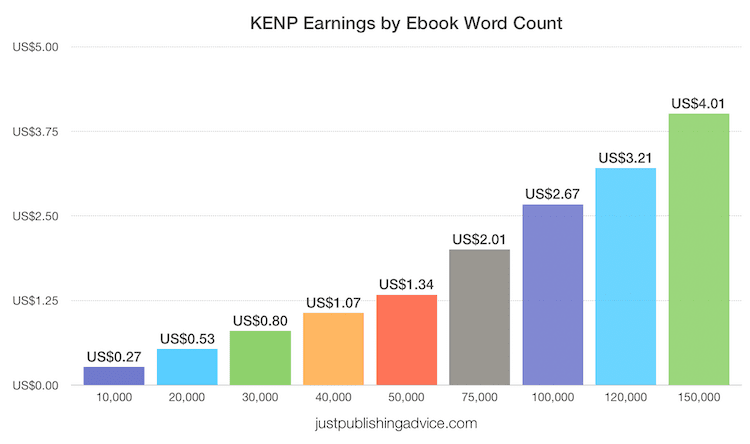
Summary
In the end, any form of social proof is about persuading people that an idea, concept, service, or product has been of value to other people.
When someone sees a social media post with 1,000 shares, they are inclined to believe it is more credible than a post with only ten shares.
It is a psychological reaction that is very common, and it is used by companies, celebrities, politicians, and even governments and state actors.
When it comes to influencing people, there can be good and bad people at work. We now know how our private data is often used for marketing purposes.
But you don’t need to go to these complicated and expensive lengths to become an influencer in your field.
All you need to do is think about the ten ideas I have raised in this article. Then, decide if some can work for you.
It’s all about being credible. But even more so about being open and honest.
Related reading: Do Readers Use Your Social Share Buttons On Your Site?

